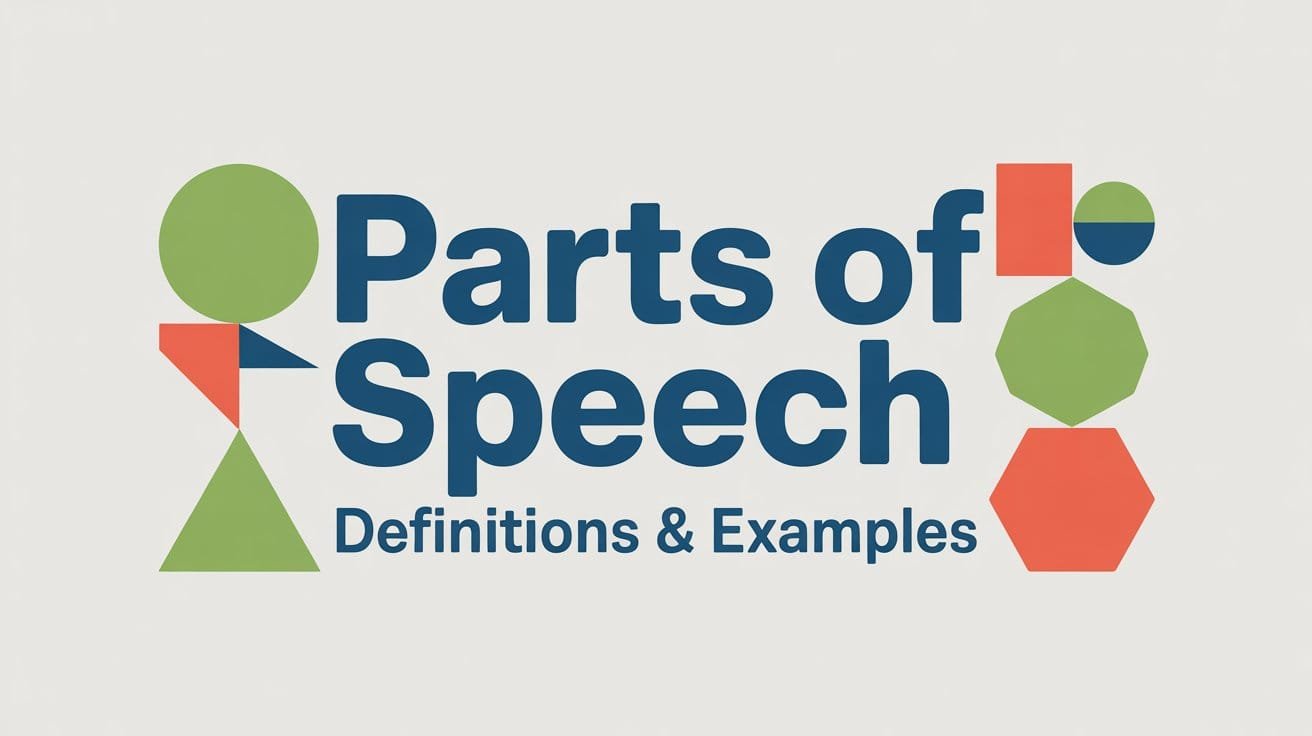Some verbs don’t act on anything. They simply describe what the subject does. These are called intransitive verbs, and they do not require a direct object to complete their meaning. For example, in the sentence The baby slept peacefully, the verb slept is complete on its own. Nothing is being “slept,” the action stays with the subject.
Intransitive verbs are common in everyday English and follow a simple sentence structure. This guide explains how they function, how to recognize them, and how they differ from transitive verbs, with clear examples and usage tips.
What Is an Intransitive Verb?
An intransitive verb is a verb that does not take a direct object. The action or state described by the verb stays with the subject. It doesn’t transfer to someone or something else.
For example, in the sentence The audience laughed, the verb laughed is intransitive. There’s no object answering laughed what? or laughed whom? (The action is complete without one.)
How Intransitive Verbs Function in Sentences
Intransitive verbs follow a simple structure: subject + verb. They do not need a direct object to make the sentence complete. However, they are often followed by adverbs, prepositional phrases, or other modifiers that give more detail, but these are not objects.
Example 1:
The guests arrived early.
– Arrived is intransitive. The phrase early is an adverb, not an object.
Example 2:
She sleeps on the couch.
– Sleeps is intransitive. On the couch is a prepositional phrase describing location, not a direct object.
In each case, the verb does not act on something or someone. It simply tells what the subject does or what state they are in. The sentence still makes sense without anything following the verb: The guests arrived. / She sleeps.
These verbs are commonly used to describe motion, change, existence, or reaction. As long as the sentence remains complete without needing an object, the verb is functioning intransitively.
Examples of Intransitive Verbs in Sentences
The following examples show how intransitive verbs work naturally in English sentences. Each verb stands on its own or is followed by a modifier, but not a direct object.
- The child cried loudly during the play.
(cried = intransitive; loudly is an adverb) - We waited outside the building for over an hour.
(waited = intransitive; outside the building is a prepositional phrase) - His health improved over time.
(improved = intransitive; no object needed) - She arrived just before the meeting started.
(arrived = intransitive; just before the meeting gives time, not an object) - They slept through the entire flight.
(slept = intransitive; through the entire flight shows duration)
These verbs may look “lonely,” but their meaning is complete. They don’t need a target or a recipient of the action. They describe what happened or what someone did.
Transitive vs. Intransitive Verbs
The key difference between transitive and intransitive verbs is whether the verb needs a direct object to complete its meaning.
- Transitive verb: The action affects something or someone.
Example: She closed the door. (the door = direct object) - Intransitive verb: The action ends with the subject—there’s no object.
Example: She arrived late. (no object needed)
Some verbs can be used both ways, depending on the sentence:
- He runs every day. (intransitive)
- He runs a bakery. (transitive)
Common Intransitive Verbs in English
While many verbs can function as both transitive and intransitive, the following verbs are commonly used as intransitive, meaning they typically don’t need an object to complete their meaning.
Here’s a grouped list by meaning:
| Motion | State or Change | Emotion / Reaction |
|---|---|---|
| arrive | exist | laugh |
| go | remain | cry |
| leave | grow | sigh |
| walk | happen | yawn |
| run | occur | smile |
| travel | improve | shout |
These verbs often appear with adverbs or prepositional phrases, but they do not take direct objects. For example, “The train arrived late,” uses arrived intransitively; even though late adds detail, it’s not an object.
Can Intransitive Verbs Be Used in the Passive Voice?
No, intransitive verbs cannot be used in the passive voice because they do not take a direct object. The passive voice requires a direct object in the active sentence to become the subject in the passive form.
- Transitive (can become passive):
Active: The team completed the task.
Passive: The task was completed by the team. - Intransitive (cannot become passive):
She arrived late. → No object = no passive form possible
They slept during the flight. → Slept doesn’t act on an object, so no passive version exists
If a verb does not transfer action to an object, there is nothing to turn into the subject of a passive sentence.
This is a useful way to check:
If you can’t answer what? or whom? after the verb, it’s intransitive and therefore not compatible with passive voice structures.
FAQs About Intransitive Verbs
How do I know if a verb is intransitive?
Ask what? or whom? after the verb. If there’s no direct object answering the question, the verb is likely intransitive. They laughed loudly. → No object = intransitive
Can an intransitive verb be followed by a phrase?
Yes. Intransitive verbs are often followed by adverbs or prepositional phrases, but these are not direct objects. She sleeps on the sofa. (on the sofa is a prepositional phrase, not an object)
Are linking verbs considered intransitive?
Not exactly. Linking verbs do not take direct objects, but they don’t express action either. They link the subject to a complement (like a noun or adjective).
She is confident. → is is a linking verb, not an action verb



